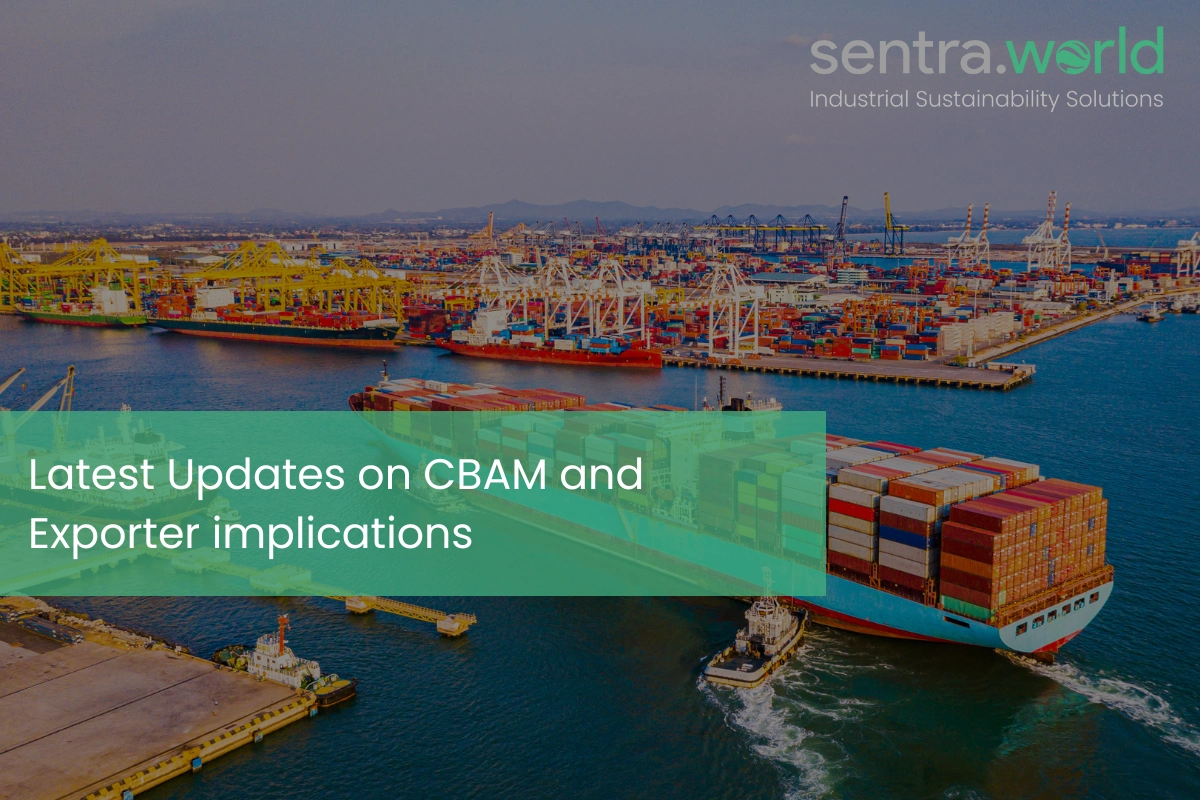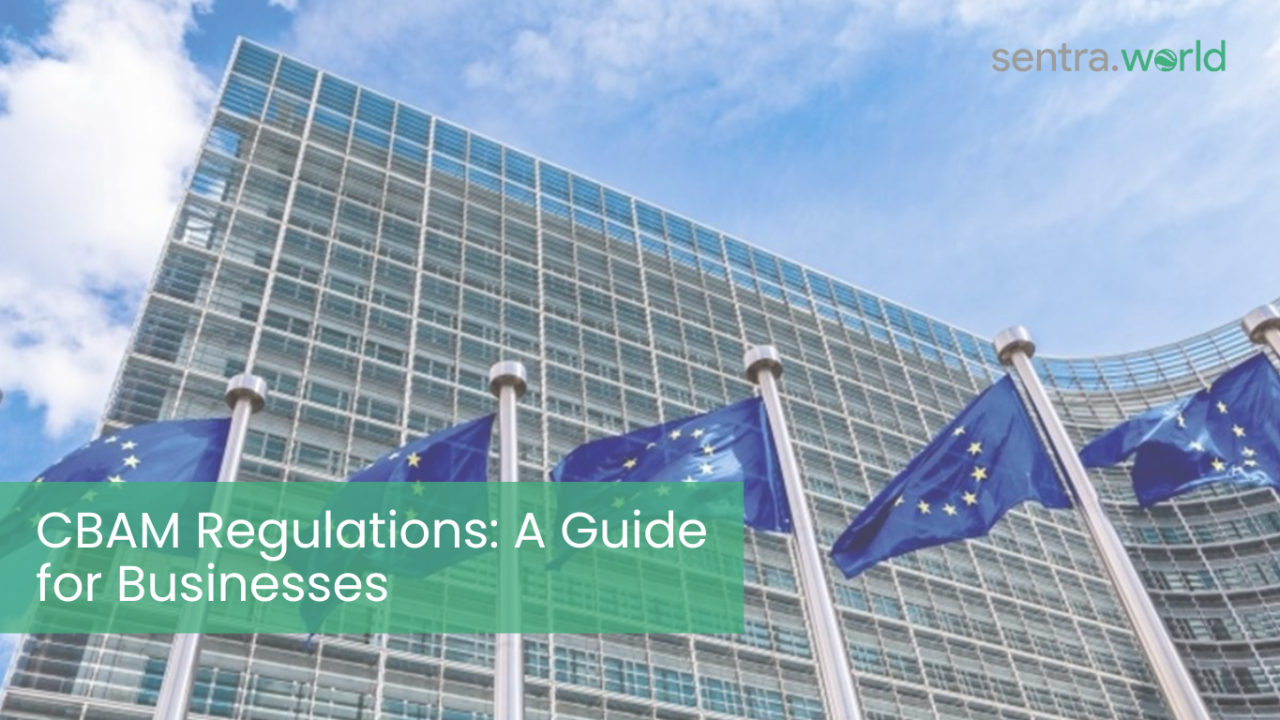EU – Carbon Border Adjustment Mechanism
Defining CBAM
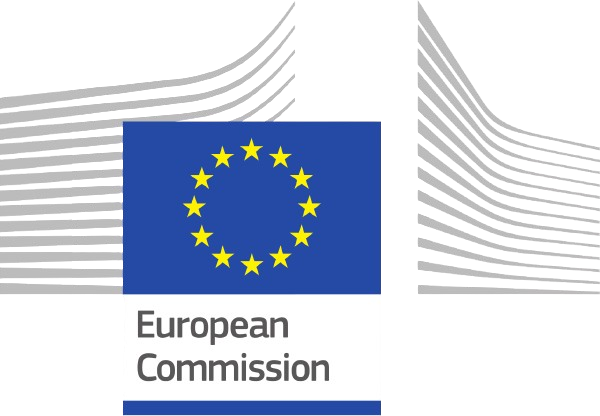
The Carbon Border Adjustment Mechanism (CBAM) is an initiative by the European Union to combat climate change by imposing a carbon price on imports from countries with less stringent environmental regulations.
CBAM – Related taxes will be substantial and will come soon, so start your decarbonization journey now.


The Carbon Border Adjustment Mechanism (CBAM) is an initiative by the European Union to combat climate change by imposing a carbon price on imports from countries with less stringent environmental regulations.
CBAM - Related Taxes will be Substantial and will Come Soon, So Start your Decarbonization Journey Now.
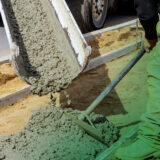
Cement
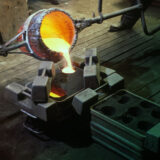
Iron & Steel

Aluminum

Fertilisers

Electricity
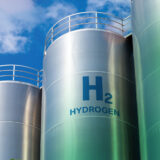
Hydrogen
Our Key Offerings
Protect Your Proprietary Emissions Data
Share only the necessary Annex IV and Summary Communications documents to maintain the confidentiality of your operational data.
Start Early Due to Complex Calculations
CBAM involves the most intricate GHG reporting system. Begin preparations early to navigate its complexities effectively.
Prepare for Significant Financial Implications
CBAM-related taxes will be substantial and are coming soon. Initiate your decarbonization efforts now to mitigate these financial impacts.
Our Key Offerings
100% CBAM compliant
Cost efficient
Auditable reports
CBAM expert consulting
Not Sure if CBAM Applies to Your Product?
Just enter your HS Code to check.
CBAM is Here, Are You Ready?
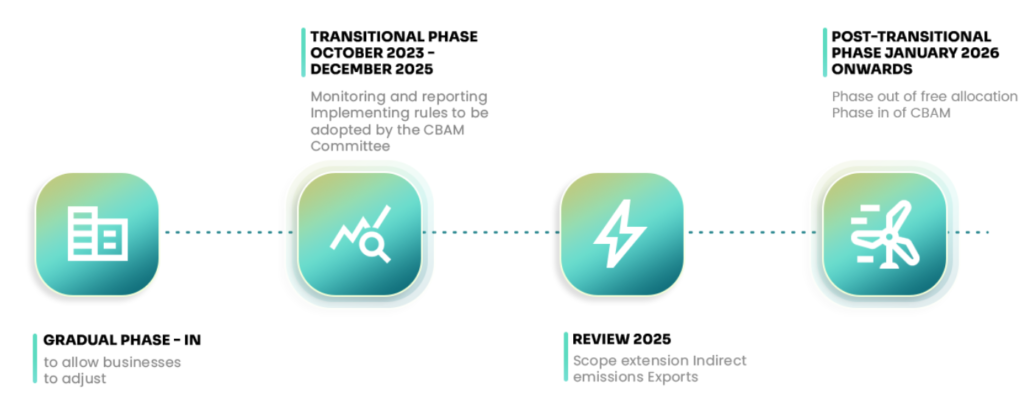
How Does sentra.world Ensure CBAM Compliance?
Boundary Setting
Define operational boundaries, key drivers, and process inclusion to establish a clear framework for CBAM compliance.
Data Collection
1. Implement data mapping and ERP integration for seamless information flow.
2. Utilize AI-led data validation to ensure accuracy.
3. Collect, validate, and integrate supplier data efficiently.
Calculations
1. Follow approved CBAM methodologies and default emission factors.
2. Perform detailed carbon balance calculations at the process level for precise emission reporting.
Report Preparations
1. Automate the creation of summary reports (Summary Comm, Annexure IV) for customers.
2. Provide in-depth calculation files as backup documentation.
Customer Alignment
Ensure 100% acceptance from customers and compliance with EU regulations.
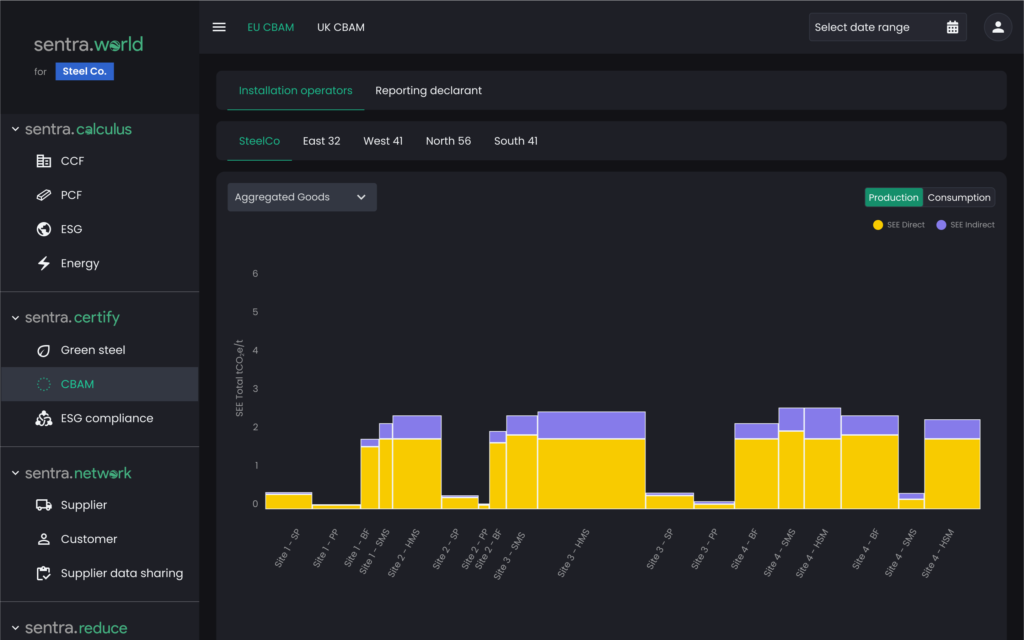
How Does sentra.world Ensure CBAM Compliance?
sentra.world provides a suite of digital tools to help companies comply with CBAM regulations.
Boundary Setting
Define operational boundaries, key drivers, and process inclusion to establish a clear framework for CBAM compliance.
Data Collection
1. Implement data mapping and ERP integration for seamless information flow.
2. Utilize AI-led data validation to ensure accuracy.
3. Collect, validate, and integrate supplier data efficiently.
Calculations
1. Follow approved CBAM methodologies and default emission factors.
2. Perform detailed carbon balance calculations at the process level for precise emission reporting.
Report Preparations
1. Automate the creation of summary reports (Summary Comm, Annexure IV) for customers.
2. Provide in-depth calculation files as backup documentation.
Customer Alignment
Ensure 100% acceptance from customers and compliance with EU regulations.
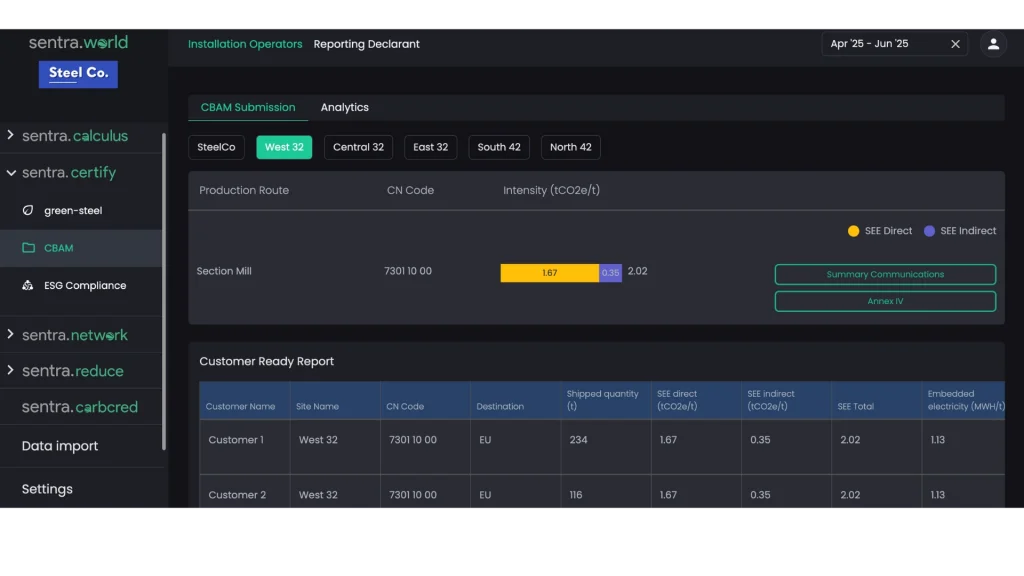
Frequently Asked Questions

CBAM is a carbon pricing system introduced by the EU to impose fees on carbon-intensive goods imported into the EU, aiming to level the playing field between EU-produced and imported goods by accounting for carbon emissions.
CBAM aims to prevent carbon leakage, where companies relocate production to countries with less stringent climate policies. It promotes equal competition and encourages global adoption of carbon pricing to reduce greenhouse gas emissions.
CBAM impacts EU importers of covered goods (iron, steel, aluminium, cement, electricity, fertilisers), non-EU producers exporting to the EU, and EU companies using these imports. Costs and reporting requirements will vary based on their role in the supply chain.
While the ETS sets caps on greenhouse gas emissions for EU companies, CBAM imposes a carbon price on imports to ensure that imported goods face similar costs. This helps prevent competitive disadvantages for EU manufacturers adhering to stringent environmental standards.
Initially, CBAM covers imports of iron, steel, aluminium, electricity, certain fertilisers, and cement. The scope may expand to include plastics, chemicals, and all sectors covered by the EU ETS by 2030.
To calculate CBAM emissions, follow these steps:
1. Determine which imported goods are covered under CBAM (e.g., steel, cement, aluminium, fertilizers, hydrogen, electricity).
2. Use primary data from suppliers for the most accurate emissions reporting. If primary data is unavailable, use default emission factors provided by the European Commission or regional factors.
3. Calculate emissions using the formula: Emissions = Weight of goods (tonnes) × Emission factor (emissions per tonne). During the transitional period, default values can be used until July 2024.
sentra.world simplifies this process with advanced tools that ensure accurate, compliant, and efficient CBAM reporting.
CBAM’s transitional phase began in October 2023 with reporting requirements. Full implementation, including payment obligations, will start in January 2026, aligning with the phase-out of free ETS allowances for EU producers.
CBAM will affect trade dynamics by imposing carbon costs on imports, potentially leading to new trade agreements and increased adoption of carbon pricing globally. It aims to reduce carbon emissions through Scope 1, Scope 2 and Scope 3, and encourage greener supply chains.
Latest Blogs
What’s New at a Glance? The European Union has recently confirmed that Carbon Border Adjustment Mechanism (CBAM) benchmarks for exporters in other countries
The European Union’s Carbon Border Adjustment Mechanism (CBAM) continues to evolve as the EU works to reduce carbon leakage by ensuring that high-carbon
The urgency of tackling climate change is no longer a subject of debate; it is an indisputable reality that demands immediate and coordinated

